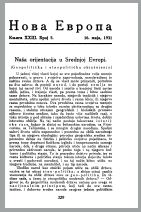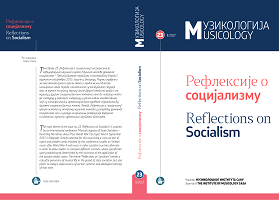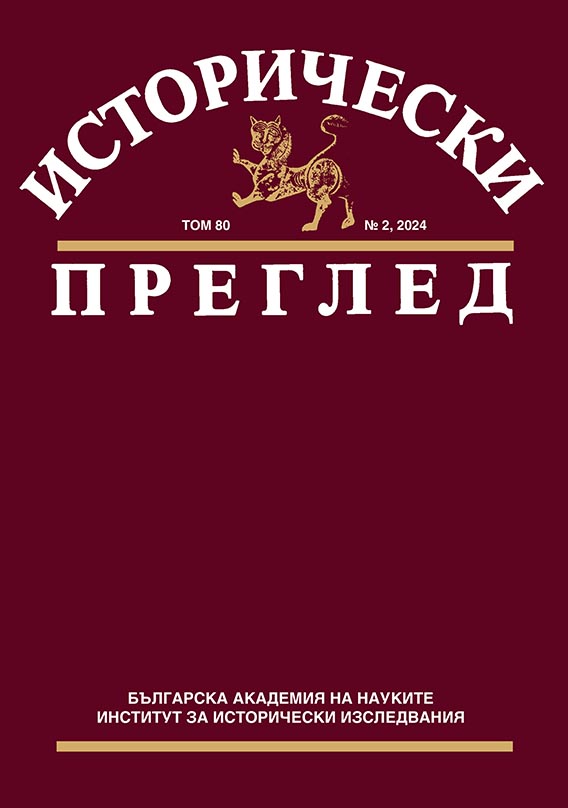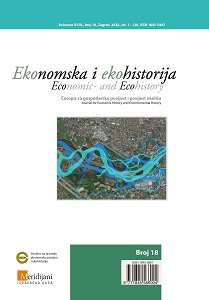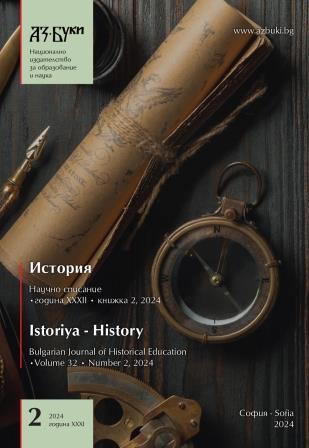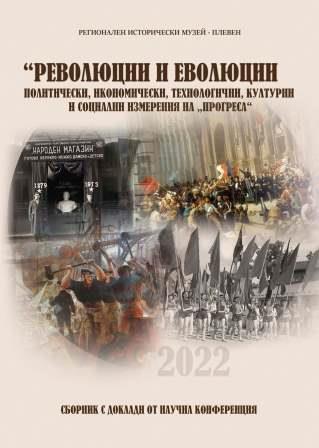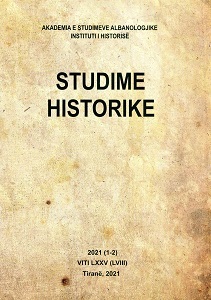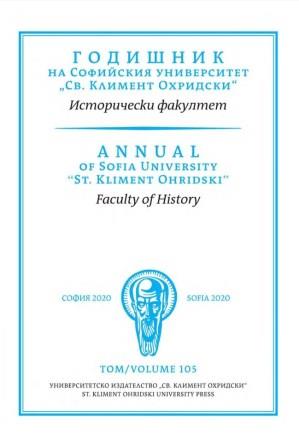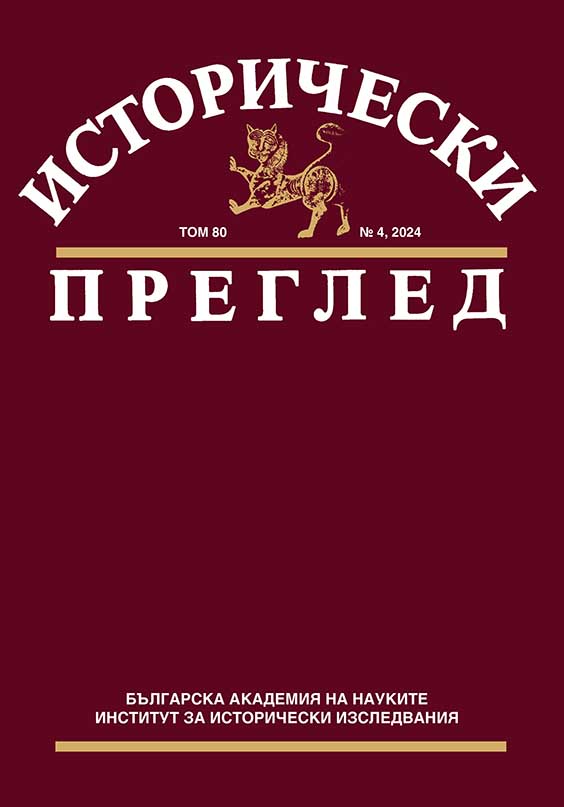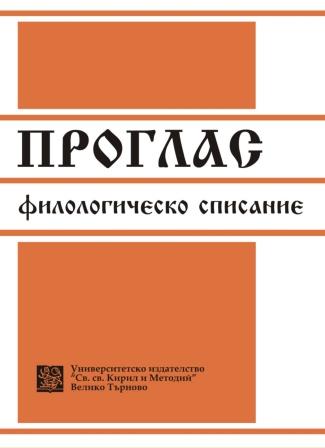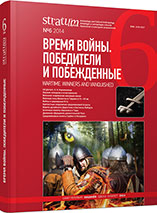
Крепостные сооружения средневековой Алушты
Crimea; Aluston; Justinian I; medieval fortification; Alushta towersHistory of Alushta, which developed from a small Byzantine outpost to a small urban center — i. e. Genoese commercial trading post with a powerful fortress — distinguishes five main construction horizons connected with erection of specific fortification structures:1 — early Byzantine (560s — second half - late 7th c.),2 — Khazar (8th c. — first half of 10th c.),3 — Byzantine (950s — late 13th c.),4 — Golden Horde (late 13th — 1380s),5 — Genoese (1380s — 1470s).The fort was founded by Justinian I (527—565) and first represented a trilateral court fenced by powerful walls, erected atop a small hill at the seaside. In the 9th — 10th cc., the area of the fortress extends towards the field side owing to a smal trading quarter fenced by a defensive wall from the outside. The wall was destroyed in 10th c. and was not restored ever after. For a number of centuries, the initial fort served as the only protection for the urban dwellers. The second line of defense reemerged in 1420s. The most important changes in fortifications happened in 1460s, and hence the fort acquired its accomplished form. It included capital reconstruction of the external wall, then out-of-date and worn. The obsolete curtains were replaced by a new, more powerful wall, which was erected outside, in the immediate vicinity with the old curtains, and which was fortified by three towers at the field side.
More...
